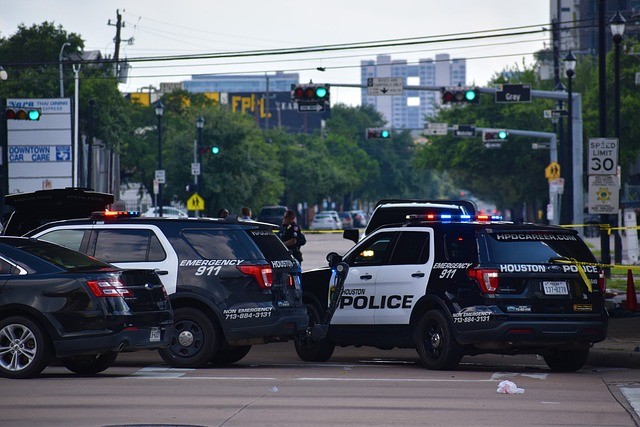[ad_1]

Share and speak up for justice, law & order…
It has been a while since my last article. I have been blessed with the opportunity to train in person at many agencies across the country, and for that I am truly grateful. As I have stated many times, I feel the purpose for the rest of my life is to educate law enforcement officers on the dangers they never think about.
The dangers of emergency vehicle operation.
Today I would like to discuss one of the most dangerous situations for a responding police officer.
Responding to calls of an officer involved shooting or officer needs assistance.
When the radio call goes out for either situation, responding officers blood stream is flooded with adrenaline. This condition causes responding officers to use less caution and run on pure emotion.
When that radio call comes in, shots fired, officer down, this is not a battle cry, but a cry for immediate assistance. The officer making the call is in distress and in dire need of additional officers on the scene. What they are not wanting is for half of the assistance that could be arriving on their scene to be called off to an officer involved crash. As an officer responding to help protect those in need of assistance, it is never their intent to crash while enroute. The officer on the scene may also find it hard to excuse those involved in the crash while they are in a gunfight.
This is what every supervisor means when they say, if you can’t get there, you can’t help anyone.
Over the last few weeks, I have read accounts where police officers crashed responding to emergency calls. Several of those crashed into another police car responding to the same call. When this happens, not only do we lose the assistance of one responding officer, but two.
How does this happen?
If we break down the crashes, we find one or both made a mistake. Usually when two police cars collide, it occurs at an intersection. At the time of the crash one had a green and one had a red light. Driving on emotion, using audible and visual signals, judgment and caution of the responding officers are often clouded.
Most States have a double edge sword when it comes to laws regulating emergency vehicle operation.
First, is the statute requiring civilian motorists to yield right of way to an emergency vehicle using audible and visual signals (as required by the equipment code). Civilian drivers are required to move to the right shoulder, stop, and remain stopped until the emergency vehicle passes. This statute normally includes an additional paragraph directed at the operator of the emergency vehicle. Most laws state that this section does not relieve the operator of the emergency vehicle to drive with due regard for the safety of others.
The second section is normally a full chapter directed to the operator of the emergency vehicle. It lays out permissible conduct.
In paraphrasing this section, emergency vehicle operators are not bound by signs, signal, or road markings. The section normally permits operation in excess of the posted speed limit (as long as there is no danger to life or property). It also permits traversing an intersection or stop sign or light, (after slowing or stopping for safe operation), and movement against the normal flow of traffic (when necessary).
There are circumstances where this conduct is permitted.
Operators engaging in conduct permitted by law include, responding to an emergency call, pursuing a law violator, responding to but not returning from a fire alarm. This conduct does not include, late for work, delivering evidence to the crime lab or picking up and delivering prisoners. The section will also include verbiage similar to that in the section directed at civilian drivers, with one exception. The word reckless disregard is included.
As a crash reconstructionist providing expert testimony, I have found plaintiff attorneys will not reference the section that includes the word reckless. After all, why would they? The civilian driver section spells this out clearly requiring emergency vehicle operators to drive with due regard (without using the word reckless). That is one less battle that must be won in front of a jury.
If we train and ultimately condition emergency vehicle operators to slow or stop as necessary to clear an intersection, and train to drive within the operator’s skill level, many of the crashes could be avoided.
I have spent almost fifteen years providing training on the mental aspects of emergency vehicle operation. In the eight-hour seminar “Law Enforcement Driving Concern” I attempt to convince officers that they may not be as good as they think behind the wheel because of their thought process. Very seldom does tragedy involve a mechanical or an ability issue but rather a failure of the officer to focus on the fundamentals of vehicle operation and maintaining a rational mental attitude.
One thing is for certain, car crashes do not just kill civilians, they kill emergency vehicle operators as well.
Until next time, keep the dirty side down, find your rational mental attitude, focus on the fundamentals, and please be careful.
Share and speak up for justice, law & order…
[ad_2]




